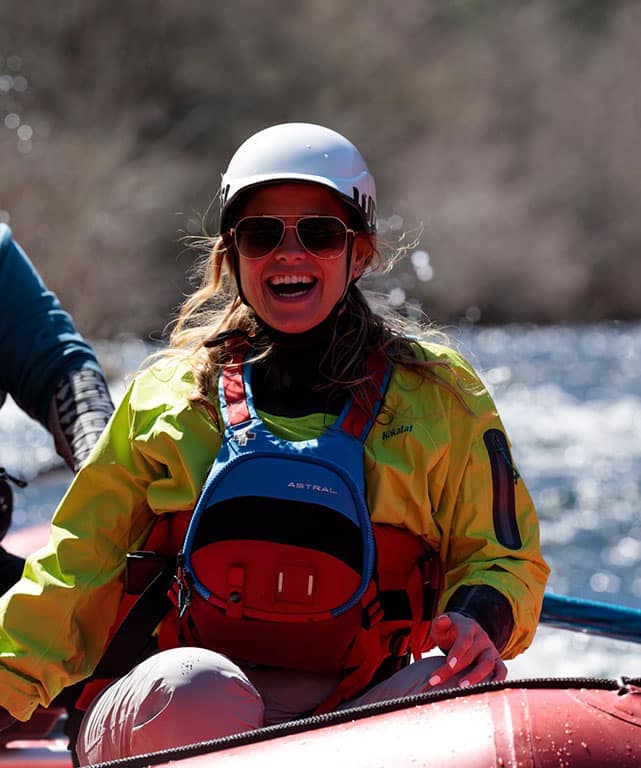History of Rafting in Costa Rica
Whitewater rivers in Costa Rica have really helps develop the adventure tourism industry in the country. River rafting is one of the most popular activities tourists engage in. Let’s explore the history of rafting industry in Costa Rica, its pioneers and the current state of the industry after Covid 19. Although whitewater river rafting in Costa Rica has only been around for a short period, it has quickly become one of the most popular adventure sports in the country. Let’s dive into the rich history of Costa Rica’s rafting industry.
In the latter part of the 20th century, rafting on whitewater rivers in Costa Rica emerged as a popular activity. Beginning in the 1970s and continuing into the 1980s, intrepid travelers and people who enjoy being outdoors started exploring the country’s varied and complex landscape, which included many rivers.
Whitewater rafting began gaining popularity as tourists sought more exciting and off-the-beaten-path experiences. This was because tourists were looking for thrills. The beautiful jungles and volcanic topography of Costa Rica provided the perfect scene for adventurous river experiences with their natural beauty.
Pioneering Rafting Outfitters
During the 1980s and 1990s, a handful of pioneering adventure travel individuals and outfitters from the US began offering whitewater rafting experiences on some of the most breathtaking rivers in the country. For the first time in Costa Rica, these companies were responsible for establishing the first rafting routes, safety protocols, and equipment standards.
Rafting Regulation by the Government
Recognizing the potential of whitewater rafting as a tourist attraction, the government of Costa Rica began regulating the sector to ensure the protection of both the environment and the safety of its participants. For river guides to be able to satisfy safety standards, they were required to complete training and certification.
Whitewater Rafting Promotion and Tourism
Costa Rica has advertised its whitewater rafting opportunities as part of its more extensive ecotourism activities. Combined with the thrill of rafting, the country’s abundant biodiversity was able to draw people from all over the world looking for outdoor adventure.
The number of rivers accessible for whitewater rafting tours has increased throughout the years, which has led to the expansion of other river routes. Some rivers frequently used for rafting in the country are the Pacuare River, the Sarapiqui River, the Reventazón River, and the Corobici River.
The reputation of Costa Rica as a prominent destination for whitewater rafting has grown, leading to the country’s prominence on a global scale and attracting tourists looking for both adventure and natural beauty.
Sustainable Tourism
Costa Rica has focused on sustainable tourism practices, including responsible rafting and environmental conservation activities. There are a lot of tour operators who focus on providing eco-friendly rafting experiences that reduce the amount of damage they cause to the ecosystem.
Within the tourism business of Costa Rica, whitewater river rafting continues to be an essential component even in the present day. It continues to attract nature lovers and adventure enthusiasts from all over the world, which contributes to the country’s reputation as a tourism destination that is both environmentally conscious and focused on adventure. Whitewater activities in Costa Rica will continue to be a popular here for many years, thanks to the country’s dedication to environmental protection and responsible tourism practices.


